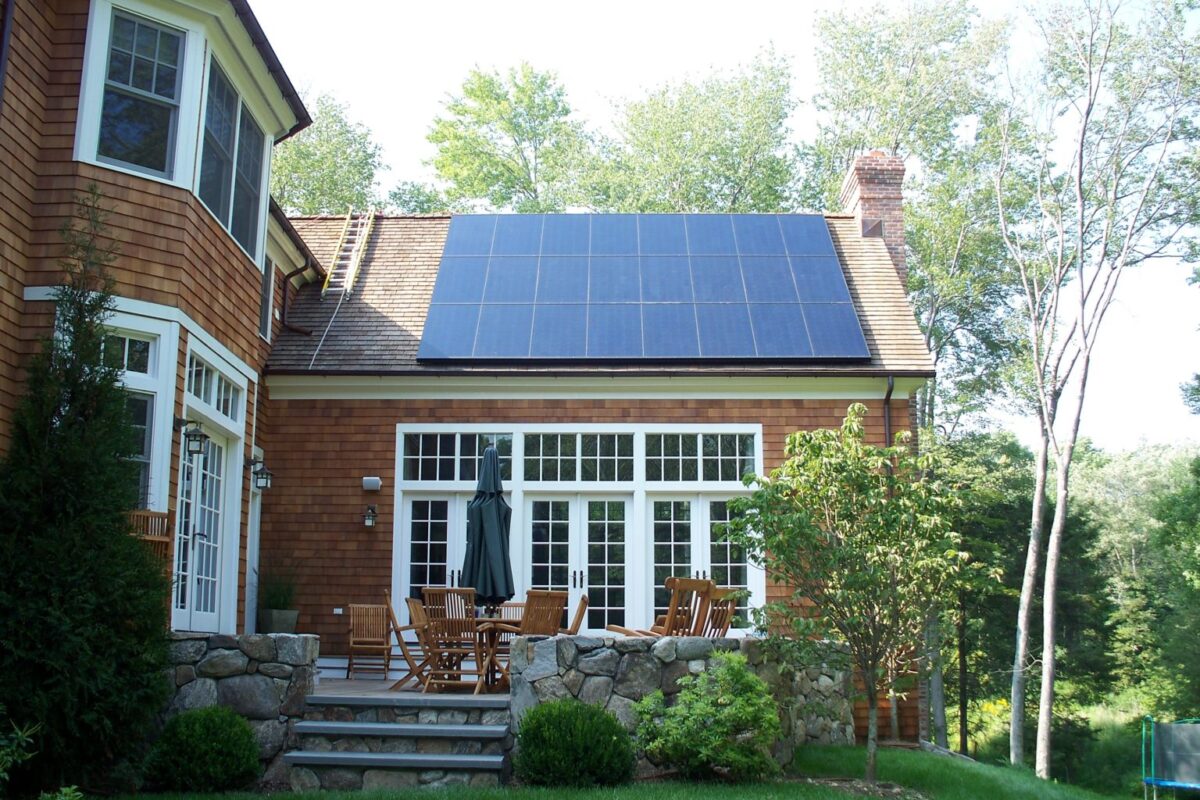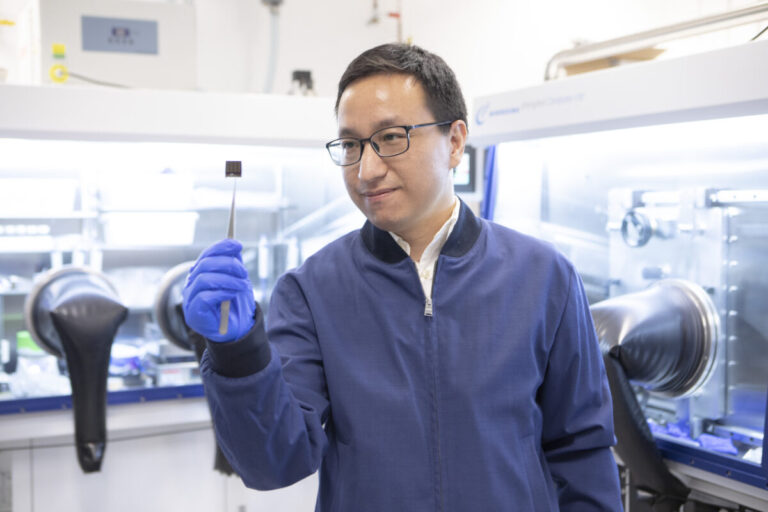Image: School of Engineering of the Hong Kong University of Science and Technology
Scientists from the HKUST’s School of Engineering have revealed the existence and impact of surface voids on individual crystal grains of perovskite thin films.
They claimed in “Elimination of grain surface concavities for improved perovskite thin film interfaces” – recently published in Nature energy – that the concavities in perovskite materials “are caused by grain coalescence-induced biaxial tensile stress and thermal coarsening-induced grain boundary grooves.”
The scientists said the concavities break structural continuity at the perovskite film interface and limit the efficiency and stability of perovskite cells. A statement from HKUST explains that while perovskite solar cells have the potential to replace existing silicon cells in many applications, their long-term stability under light, humidity and thermomechanical conditions remains a barrier to commercialization.
To fully investigate the impact of grain surface concavities, the team removed them by using a surfactant molecule, tridecafluorohexane-1-sulfonic acid potassium, to manipulate the voltage evolution and ion diffusion during perovskite film formation.
In the research paper, the researchers document how their resulting perovskite solar cells exhibited improved energy conversion efficiency and increased energy conversion efficiency maintenance under ISOS standardized thermal cycling (300 cycles), moist heat (660 hours) and maximum power point tracking (1,290 hours). ) to test.
“Structure and geometry of individual crystalline grains are the origin of the performance of perovskite semiconductors and solar cells,” said Prof. Zhou Yuanyuan, the corresponding author of the research paper. “By revealing the grain surface concavities, understanding their effects and using chemical engineering to tailor their geometry, we are pioneering a new way to make perovskite solar cells with efficiency and stability at their limits.”
Zhou said the team was “intrigued by the surface cavities of perovskite grains,” observed by atomic force microscopy, because cavities are typically hidden beneath the film bottom and are often overlooked.
This content is copyrighted and may not be reused. If you would like to collaborate with us and reuse some of our content, please contact: editors@pv-magazine.com.
Popular content



